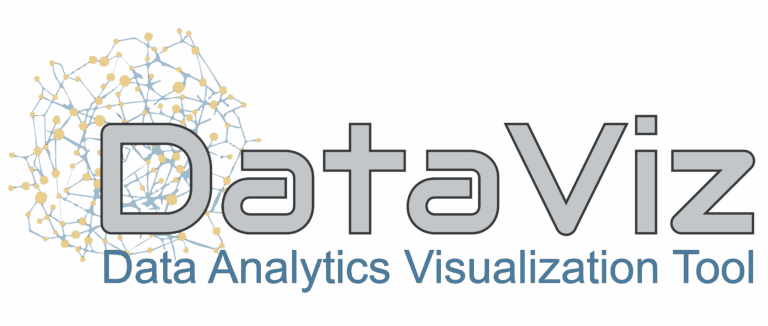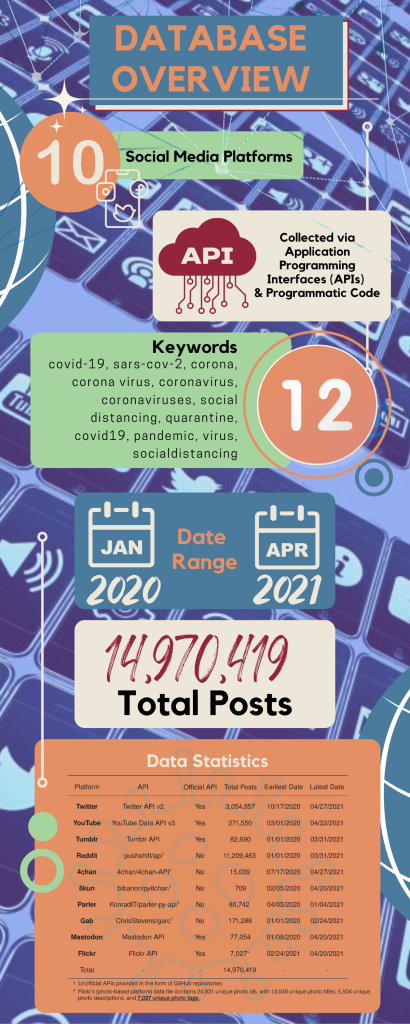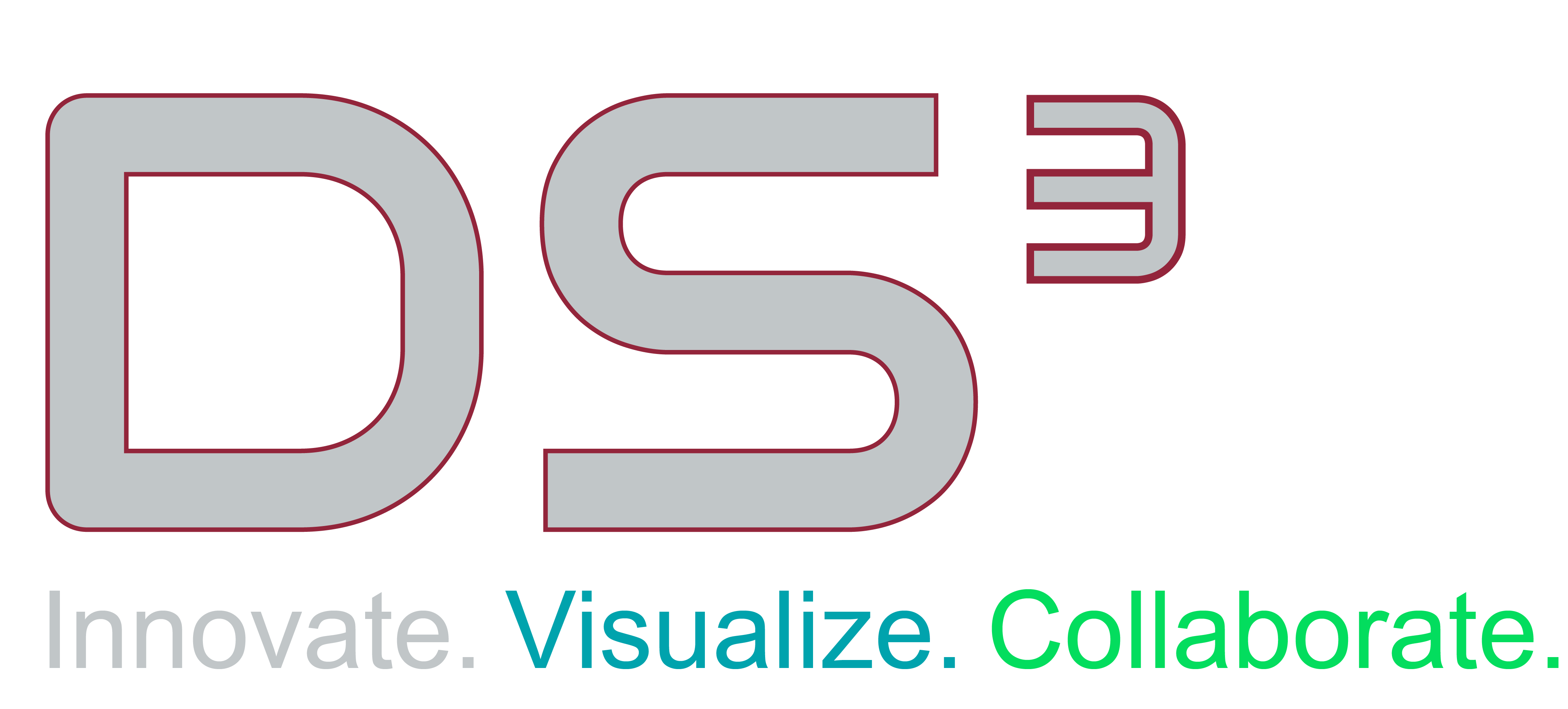The development of the DataViz tool, supported by NSF’s Infrastructure program, equips researchers to explore the complex societal dimensions of pandemics and disasters through interdisciplinary, data-informed approaches. By leveraging the large-scale COVID-19 dataset COPE-ID, the tool has the capability to support new theories of human behavior, which is critical as institutions continue to navigate the long-term impacts of COVID-19. For example, scholars across various disciplines, including communication, public health, psychology, political science, emergency management, and others, can investigate questions related to health messaging, institutional trust, and public sentiment. DataViz also enables the analysis of online behavioral patterns, providing insights into how communities respond to risk and public health interventions. This analysis can help identify how different populations adopt or resist health measures, with variations across time, space, and institutional contexts. Ultimately, the DataViz tool fosters researchers’ abilities to provide insights that support more transparent communication strategies, evidence-based decision-making, and equitable policy development for future public health crises and disaster resilience efforts.


















